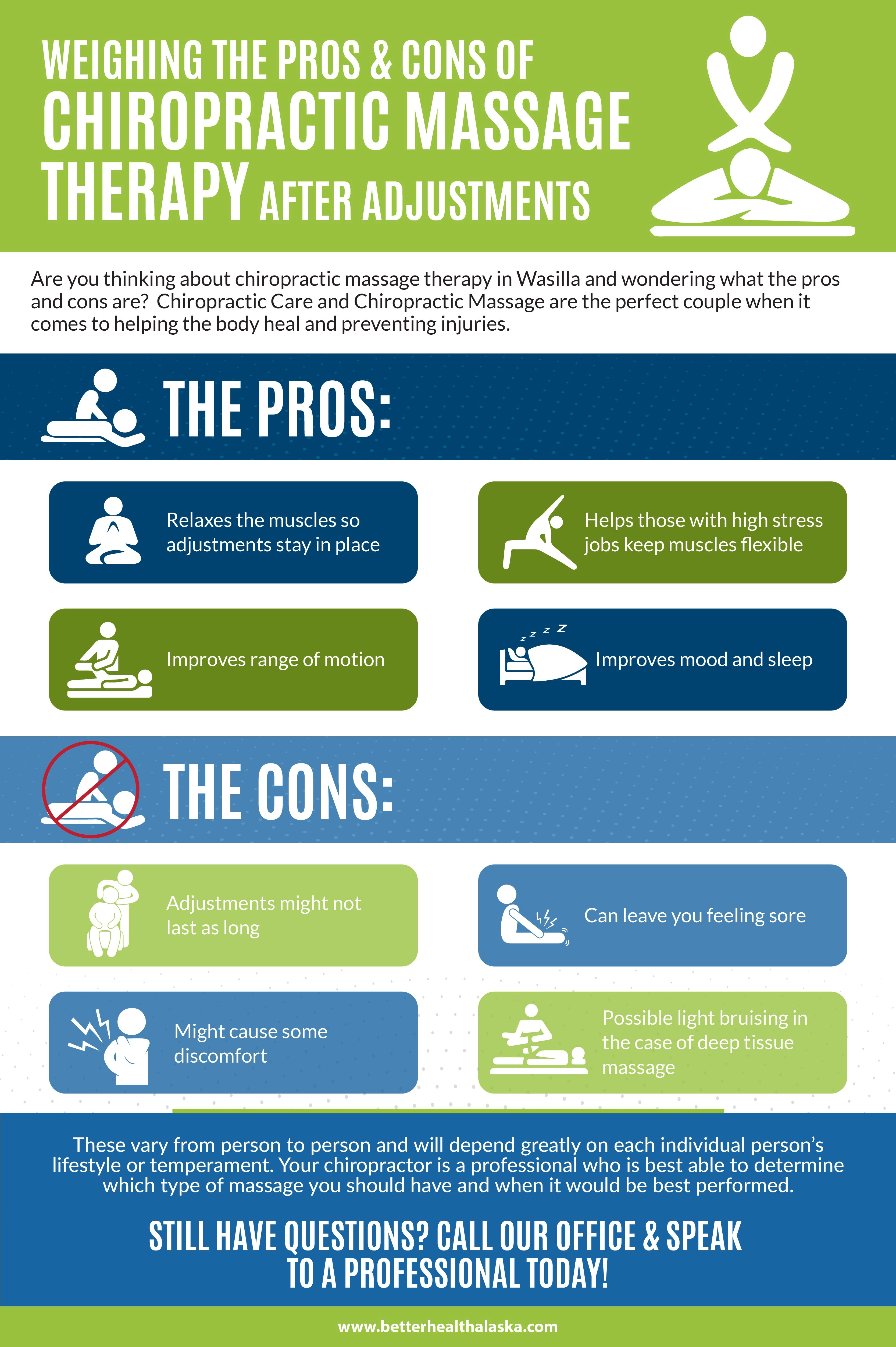Simply When You Assume Relief Is Near, Soft Tissue Therapy Reveals Its Unpleasant Facts-- Find Why The Process Can Be Excruciating Yet Helpful
Simply When You Assume Relief Is Near, Soft Tissue Therapy Reveals Its Unpleasant Facts-- Find Why The Process Can Be Excruciating Yet Helpful
Blog Article
Web Content By-Carson Lundgaard
When you go through soft Tissue therapy, you may discover it surprisingly uneasy. https://www.bostonherald.com/2021/10/07/ex-celtics-among-18-former-nba-players-charged-in-4m-health-care-fraud/ develops as stress is put on strained muscular tissues and broken tissues, triggering your discomfort receptors. While it can feel upsetting in the minute, there's a factor behind this sensation. Comprehending what occurs in your body during these therapies can aid you value the process. So, what exactly is going on beneath the surface area?
The Physiology of Pain Throughout Soft Tissue Treatment
When you undertake soft Tissue therapy, your body's action to discomfort is a complex interplay of physiological procedures. As the specialist applies stress, your body triggers discomfort receptors, sending signals to your brain. This activates the launch of neurotransmitters, such as material P and glutamate, which intensify the experience of discomfort.
Your muscles might additionally tense up in response, further complicating the experience. Furthermore, your body may release endorphins, natural medicines that can help ease some discomfort.
The communication between these procedures can develop a distinct experience for each person. Understanding this physical action assists you browse the feelings throughout therapy, enabling you to appreciate the equilibrium between pain and the potential for recovery advantages.
The Function of Pain in the Recovery Process
Although pain throughout soft Tissue treatment can really feel frustrating, it plays a crucial duty in the recovery procedure. When you experience pain, your body is indicating that it's working to fix broken tissues. This reaction assists boost blood circulation to the damaged area, providing vital nutrients and oxygen needed for healing.
In addition, pain can advertise the launch of endorphins, your body's all-natural pain relievers, developing a sense of relief post-treatment. Embracing this pain can assist you understand your body's limits and urge you to attend to underlying problems.
While it's unpleasant currently, this procedure is essential for long-lasting recovery and improved function. Recognizing discomfort as a vital part of recovery can equip you to stay committed to your therapy.
Tips for Managing Discomfort During and After Therapy
Handling discomfort throughout and after soft Tissue therapy can dramatically improve your general experience and recovery.
To begin, communicate openly with your specialist about your discomfort degrees; they can readjust strategies appropriately. Utilizing deep breathing strategies can likewise aid you loosen up and ease discomfort.
Take into consideration applying ice to the treated area post-session to lower swelling and numb pain. Remaining hydrated aids in the recovery process, so consume a lot of water.
Gentle extending and light motion after therapy can advertise blood circulation and convenience tightness. Lastly, ensure you obtain adequate rest to enable your body to heal.
Implementing these ideas can make your soft Tissue treatment extra manageable and enjoyable.
Conclusion
In conclusion, while soft Tissue therapy can be uncomfortable, it's essential to acknowledge that this pain plays a crucial function in your healing trip. By understanding the physiological responses at play, you can come close to the therapy with a more positive state of mind. Remember, the preliminary pain typically paves the way to relief as your body launches endorphins. Welcome the process, and don't be reluctant to utilize the pointers for managing discomfort to improve your experience and recovery.
